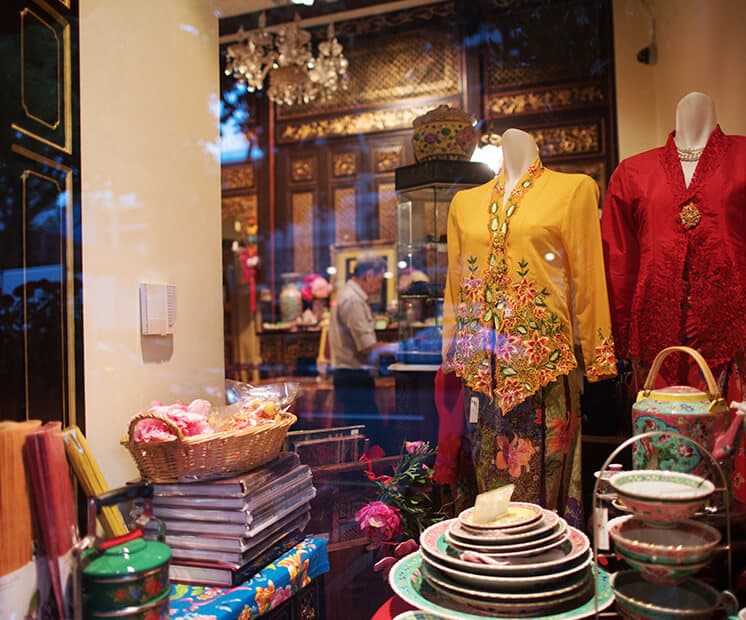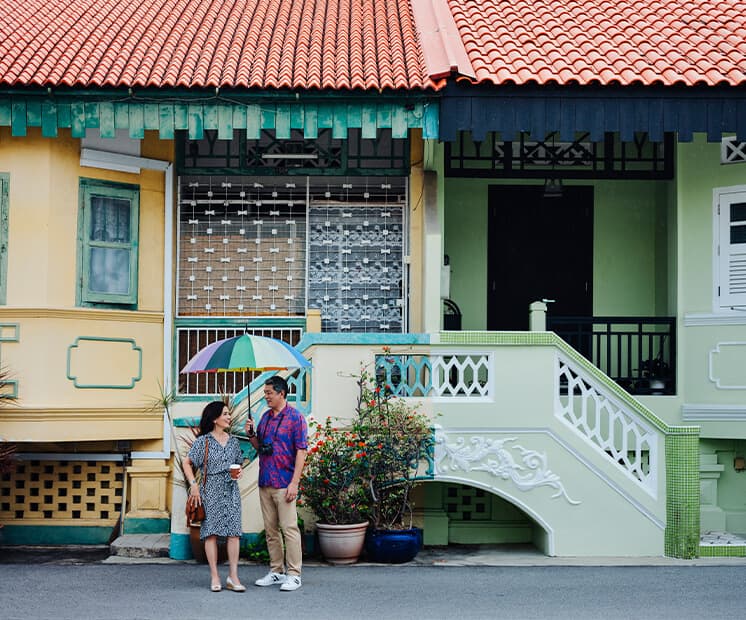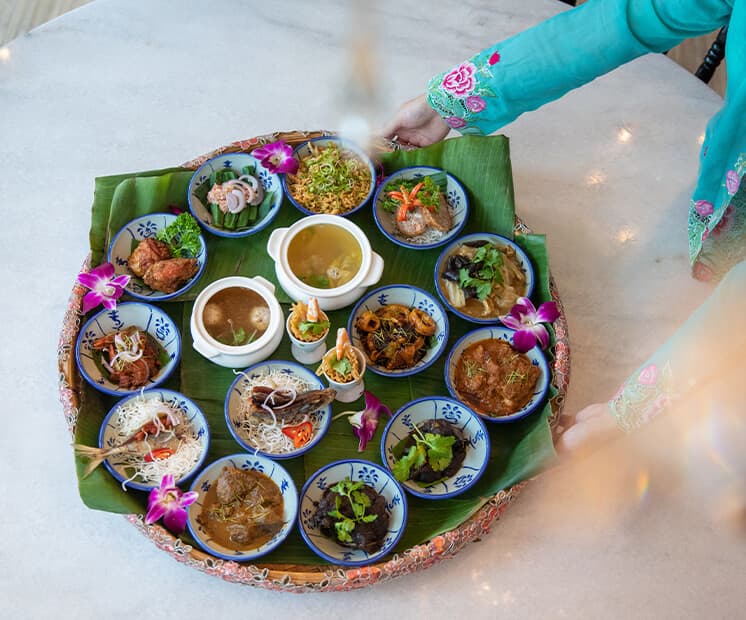- Global
What's Happening
Neighbourhoods
Things To Do
Home to Peranakan culture in Singapore, Katong-Joo Chiat is filled with local flavours, boutique cafes, and charming heritage shophouses.

This is a modal window.
Beginning of dialog window. Escape will cancel and close the window.
End of dialog window.
This is a modal window. This modal can be closed by pressing the Escape key or activating the close button.
Take a walk through the streets of Katong-Joo Chiat, and discover a melting pot of tastes, sounds and textures. Enjoy its art murals and heritage gems, some of which have been awarded the Architectural Heritage Awards.

From pastel-hued shophouses and glimmering beadwork to rainbow-hued kueh, the world of Peranakan culture is a palette of enchanting colours.

Formerly a coastal trading town, this bustling neighbourhood is filled with a rich history and has become populated by a growing English-educated middle class.

From iconic dishes like chicken rice to boutique cafes serving up inspired confections, Katong-Joo Chiat is a paradise for foodies.
Eunos (EW7)
Paya Lebar (EW8/CC9)
Dakota (CC8)
Planning your trip? View our pinned Katong-Joo Chiat attractions on Google Maps here.